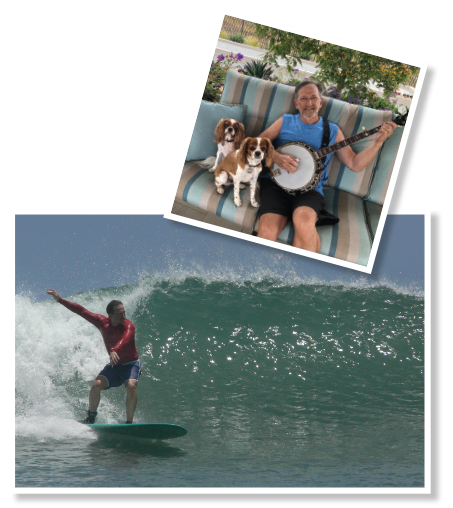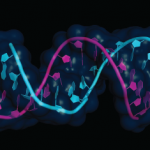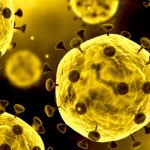Roughly 20 years ago, Gary S. Firestein, MD, was surfing at Cloudbreak, a sheltered reef nearly three miles south of Namotu Island in Fiji. With waves soaring as high as 20 feet, it’s either a surfer’s dream or nightmare, and ranked among the 10 most challenging waves anywhere on the planet. At the time, Dr. Firestein was traveling with the Surfers Medical Association, a volunteer organization comprising healthcare providers who travel around the world to surf and provide free medical care to local residents.
“The waves were very fast and very steep,” recalls Dr. Firestein, now a distinguished professor of medicine and dean and associate vice chancellor for clinical and translational research at the University of California, San Diego (UCSD). “If you wiped out, you would almost certainly end up getting cut or bruised on the coral reef.”
But his experience wasn’t completely “terrifying,” he recalls. While riding a wave, he heard a strange humming noise emanating from his surfboard.
“Every board has a harmonic frequency,” he says, explaining that objects vibrating at a fast pace make sound at specific frequencies. “I had actually reached the harmonic frequency on the surfboard. It was the only time I’ve ever heard that sound when surfing.”
Two years ago, Dr. Firestein was forced to quit the sport he loved for so long due to osteoarthritis. But he enjoys sharing his surfing stories with friends and colleagues. The same holds true for his music. With more playtime on his hands, he learned to play the banjo and piano to help fill the recreational gap that surfing left behind.
“I was a much better surfer than a banjo player,” says Dr. Firestein. “Anytime you want to learn something new, if you’re not a natural at it, it takes an enormous amount of work and effort. But you have to spend effort to improve work-life balance. It actually makes you better at what you do during the workday.”
Self-Taught Surfer

Top: Dr. Firestein practicing the banjo at home.
Bottom: Dr. Firestein surfing off the coast of Puerto Rico a decade ago.
While growing up in Los Angeles, Dr. Firestein enjoyed being above the water more than in the water. He never surfed, but enjoyed sailing with friends. Surfing wasn’t even on his to-do list.
However, becoming a rheumatologist was at the top of his list. He graduated medical school in 1980 from the Johns Hopkins University School of Medicine, Baltimore. Then he returned home, completing his internship and residency in 1983 at the University of California, Los Angeles, School of Medicine, also known as the David Geffen School of Medicine at UCLA. Three years later, he completed his rheumatology fellowship at the UCSD School of Medicine and in 1988, finished a postdoctoral fellowship in molecular biology at the Sanford Burnham Prebys Medical Discovery Institute and Eli Lilly Laboratories.
In 1988, Dr. Firestein served as an assistant professor in residence at UCSD. Four years later, he joined the private sector as director of the immunology department at Gensia Sicor Pharmaceuticals, which focused on developing anti-inflammatory and cardiovascular drugs. He returned to UCSD in 1996 as associate professor of medicine. Since then, he has held a variety of university positions, including chief, Division of Rheumatology, Allergy and Immunology, and institutional Federalwide Assurance official for human research.
Surfing entered his life when he was in his late 30s, after his preteen children became interested in boogie boarding. The water sport is akin to surfing, except surfers stand on their fiberglass or epoxy board, while boogie boarders ride lying down on a smaller Styrofoam board.
“I liked it a lot more than they did and was looking for newer challenges after I had aged out of playing basketball in leagues, so I decided to teach myself how to surf,” Dr. Firestein says, adding that he never had a surfing lesson. “I borrowed a friend’s surfboard and made a fool out of myself for about six months. Then I was able to at least stand up and catch waves.”
He quickly grew addicted to the sport. He surfed several days each week throughout the year, typically before work and on weekends.
As his confidence and skill improved, he began surfing in places beyond California, such as Massachusetts, Hawaii, Puerto Rico, Fiji and Mexico.
During a family vacation to Puerto Rico, he planned on surfing at a deep water break called Tres Palmas. He paddled toward the break for almost 45 minutes and found himself all alone in deep, dark blue water.
“I suddenly realized that I was basically fish food out there,” he says. “It didn’t make a lot of sense to stay out there, so I sheepishly paddled back in. I never caught a wave out there, but I did make it back safely.”

